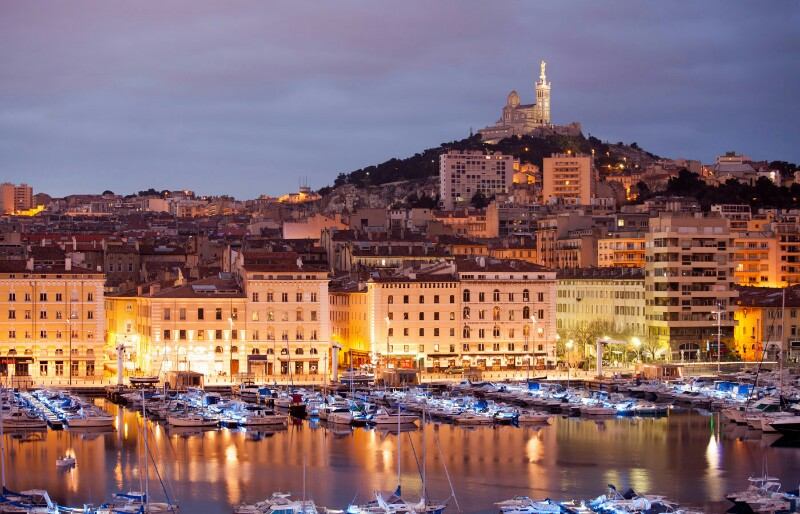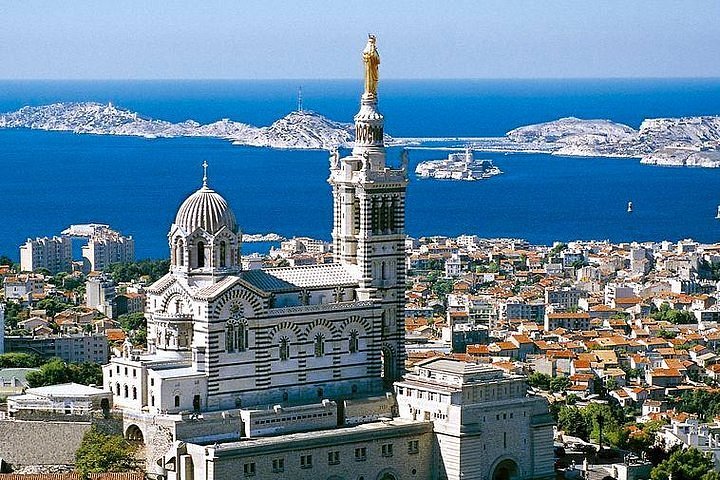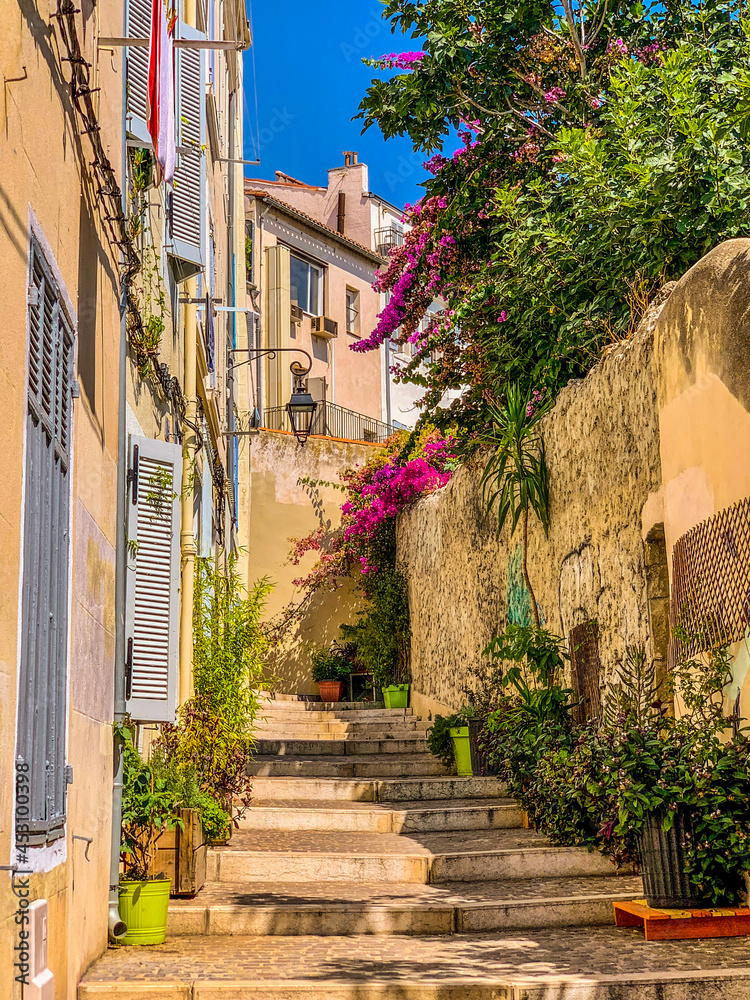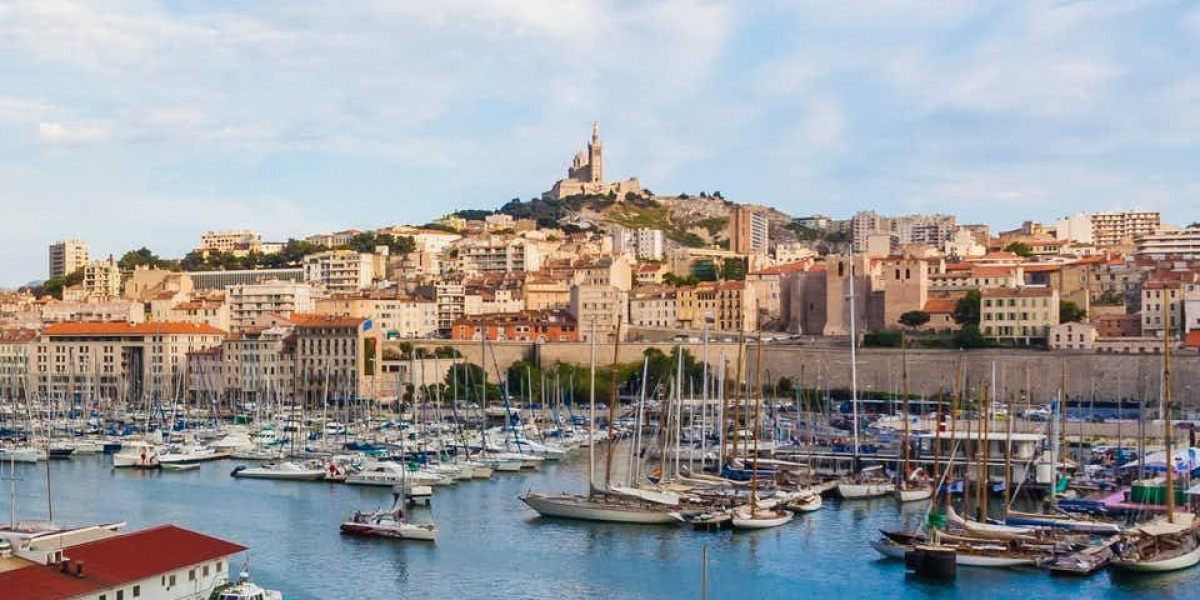As I stroll through the sun-drenched streets of France’s oldest city, I can’t help but feel the vibrant energy that pulses through its veins. This Mediterranean gem is a melting pot of cultures, where ancient history meets modern flair.
Let me tell you why Marseille should be at the top of your travel list:
• Stunning coastal views
• Rich maritime history
• Diverse culinary scene
• Vibrant arts and culture
• Excellent outdoor activities
After immersing yourself in Marseille’s vibrant culture, you might be inspired to plan your next city escape. Bookmark https://bestthingstodoin.city/ for a wealth of ideas on what to do in different cities around the world, from hidden gems to iconic landmarks.

Marseille’s multicultural atmosphere is palpable as you wander through its diverse neighborhoods. From the trendy street art in Cours Julien to the historic charm of Le Panier, each district tells its own story. I love losing myself in the narrow, winding streets, discovering hidden cafes and artisan shops along the way.
In my opinion, Marseille’s greatest asset is its ability to surprise. One moment you’re admiring Roman ruins, the next you’re marveling at cutting-edge architecture like the MuCEM. It’s this juxtaposition of old and new that makes the city so captivating.
1. Must-Visit Attractions

First up is Notre-Dame de la Garde. This iconic basilica isn’t just a pretty face – it’s the guardian of Marseille. As I climbed the hill to reach it, I was rewarded with breathtaking panoramic views of the city and the Mediterranean. The interior is just as stunning, with intricate mosaics and ex-votos that tell stories of sailors’ gratitude.
Next, let’s talk about the heart of the city – the Vieux Port. This historic harbor has been Marseille’s lifeline for over 2,600 years. I love starting my day here, watching fishermen sell their catch at the fish market. It’s a great place to people-watch, grab a coffee, or hop on a boat tour to explore the coastline.
No trip to Marseille is complete without wandering through Le Panier. This old town district is a maze of narrow streets, colorful houses, and artisan shops. I always discover something new here, whether it’s a hidden courtyard or a quirky boutique. Don’t miss La Vieille Charité, a stunning 17th-century almshouse turned cultural center.
For a dose of modern culture, head to the MuCEM (Museum of European and Mediterranean Civilisations). This striking building, connected to the historic Fort Saint-Jean by a footbridge, is a testament to Marseille’s contemporary side. I was fascinated by the exhibits that explore Mediterranean cultures and history.
Last but certainly not least is the Calanques National Park. This natural wonder stretches along the coast, offering some of the most spectacular scenery I’ve ever encountered. Whether you’re hiking the rugged trails or taking a boat tour, the crystal-clear waters and towering limestone cliffs will leave you in awe.
2. Cultural and Historical Sites

First on my list is the infamous Château d’If. This island fortress, made famous by Alexandre Dumas’ “The Count of Monte Cristo,” is a short boat ride from the Vieux Port. I’ll never forget the eerie feeling of exploring its cells and imagining the prisoners who were once held here. The views of Marseille from the ramparts are simply spectacular.
Next up is La Vieille Charité in the heart of Le Panier. This baroque masterpiece was once a poorhouse but now houses fascinating museums and exhibitions. I love wandering through its peaceful courtyard and admiring the elegant dome. It’s a perfect escape from the bustling streets outside.
The Marseille Cathedral, or La Major as locals call it, is a sight to behold. This striped behemoth of Neo-Byzantine architecture dominates the skyline near the port. I was awestruck by its sheer size and the intricate mosaics inside. It’s a testament to Marseille’s importance as a major Mediterranean port city.
For a touch of ancient history, I always recommend the Abbey of Saint-Victor. This fortress-like church dates back to the 5th century and houses a fascinating crypt. I found the sarcophagi and archaeological remains down there absolutely captivating.
Last but not least is the grand Palais Longchamp. This 19th-century palace is a feast for the eyes with its monumental fountain and colonnades. I love strolling through the surrounding park and visiting the fine arts museum housed in one wing.
Here’s a quick list of what these sites offer:
• Château d’If: Island fortress, literary fame, panoramic views
• La Vieille Charité: Baroque architecture, museums, peaceful courtyard
• Marseille Cathedral: Impressive size, Byzantine style, historical significance
• Abbey of Saint-Victor: Ancient crypt, archaeological remains, spiritual atmosphere
• Palais Longchamp: Monumental fountain, beautiful park, fine arts museum
3. Exploring Marseille’s Neighborhoods

Let’s start with Le Panier, the oldest quarter of Marseille. I love getting lost in its labyrinthine streets, where colorful facades are adorned with hanging laundry and potted plants. It’s like stepping back in time. Don’t miss Place de Lenche – I often grab an espresso here and watch the world go by.
Next up is Cours Julien, the beating heart of Marseille’s artistic scene. Every time I visit, I’m amazed by the ever-changing street art. The area is a riot of color and creativity. I always make time to browse the quirky boutiques and relax in one of the many laid-back cafes.
La Canebière is Marseille’s historic high street, stretching from the Vieux Port into the city. While it may have lost some of its former glory, I find it fascinating to walk along this boulevard and imagine its heyday. The ornate buildings tell stories of a grand past.
For a taste of Marseille’s fishing village roots, I head to L’Estaque. This charming district was a favorite haunt of painters like Cézanne and Braque, and it’s easy to see why. The views over the bay are stunning, and the seafood restaurants here serve some of the best bouillabaisse I’ve ever tasted.
Finally, there’s The Goudes district, a hidden gem at the southern tip of the city. It feels like a world away from urban Marseille. I love hiking along the rugged coastline here and ending up at a tiny port for a well-earned pastis.
Here’s a quick rundown of what each neighborhood offers:
• Le Panier: Historic charm, artisan shops, picturesque streets
• Cours Julien: Street art, bohemian vibe, trendy cafes and bars
• La Canebière: Grand architecture, shopping, historical significance
• L’Estaque: Fishing village atmosphere, artistic heritage, seafood restaurants
• The Goudes: Natural beauty, coastal walks, secluded beaches
4. Natural Wonders and Outdoor Activities

The Frioul Islands. I’ll never forget my first boat trip out to this archipelago. The contrast between the bustling city and these rugged, windswept islands is striking. Hiking around Ratonneau and Pomègues islands, I felt like I’d discovered a secret Mediterranean hideaway. The beaches here are less crowded than those in the city, perfect for a peaceful swim.
The Calanques are, without a doubt, the crown jewel of Marseille’s natural attractions. These limestone cliffs and hidden coves stretch for miles along the coast. I’ve spent countless days hiking the trails here, each one offering breathtaking views. My favorite is the path to Calanque d’En-Vau – the descent is challenging, but the reward is a beach that looks like it belongs in a postcard.
Marseille’s beaches are a great option if you’re looking for something more accessible. Plage des Catalans is my go-to for a quick dip, while Plage du Prophète is perfect for watching the sunset. For a local experience, I love Plage de la Pointe Rouge – it’s less touristy and has a great laid-back vibe.
For a green escape within the city, Borély Park is hard to beat. I often come here for a morning jog or a leisurely picnic. The botanical garden is a hidden gem, and the nearby Prado beaches are great for windsurfing – I’m still working on my skills!
Finally, there’s the Corniche Kennedy, a scenic coastal road that offers stunning views of the Mediterranean. I love renting a bike and cycling along this route, stopping at the small beaches and coves along the way. The sight of locals playing pétanque against this backdrop is quintessentially Marseille.
Here’s a quick list of outdoor activities you can enjoy:
• Island hopping to the Frioul archipelago
• Hiking in the Calanques National Park
• Swimming and sunbathing at various city beaches
• Picnicking and jogging in Borély Park
• Cycling along the Corniche Kennedy
• Windsurfing at Prado beaches
• Rock climbing in the Calanques (for the adventurous!)
5. Conclusion
Marseille is a place of contrasts and surprises. It’s where history and modernity dance together on every street corner. From the ancient stones of Le Panier to the cutting-edge architecture of MuCEM, this city is constantly reinventing itself while never forgetting its roots.
What I love most about Marseille is its unapologetic authenticity. It’s not trying to be Paris or Nice – it’s proudly, defiantly Marseille. The locals here have a zest for life that’s infectious. Whether you’re haggling at the Noailles market or cheering on Olympique de Marseille at the Vélodrome, you’ll feel the passion that runs through this city’s veins.









